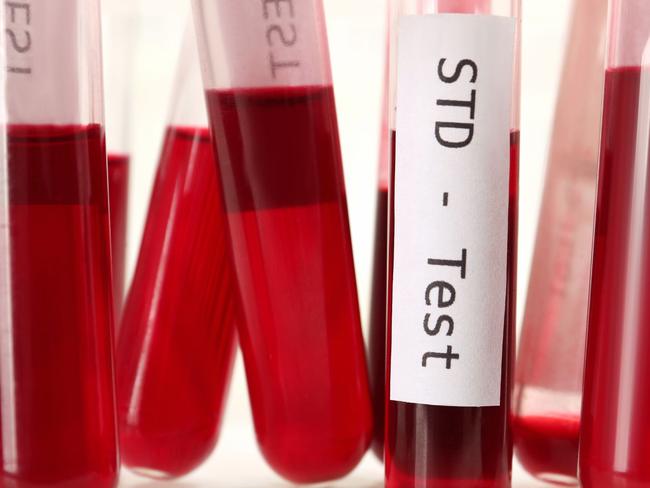The Sydney suburbs where STIs are rising
Australia is grappling with a hidden epidemic of sexually transmitted infections, experts warn. See the interactive map to view the areas with the biggest increases.

NSW
Don't miss out on the headlines from NSW. Followed categories will be added to My News.
Australia has a hidden epidemic of sexually transmitted infections that needs an urgent and coordinated emergency response as cases spike across the country.
Sexual health experts warn that fewer people are wearing condoms and testing rates have failed to pick back up since Covid due to the challenges of getting in to see an affordable doctor.
Analysis of the most recent national STI data published this month from UNSW’s Kirby Institute shows that the notification rate of syphilis grew in 277 out of 311 measurable locations over seven years.
For chlamydia, the rate went up in 171 of 331 places that could be compared.
Meanwhile, gonorrhoea rates increased in more than 90 per cent of locations.
In NSW, Sydney Inner City topped the list for having the highest proportion of syphilis cases – 216 per 100,000 people – in the state.
The next highest was the Marrickville, Sydenham and Petersham region, followed by Botany in the city’s south.
The Eastern Suburbs North region, which includes Bondi, Double Bay and Paddington, had the second highest notification rate of chlamydia, only behind Sydney Inner City.
Monash University Professor Jason Ong – the director of Australia’s largest public sexual health clinic run by Alfred Health in Melbourne – is the lead author of a new international STI study published in the May issue of eClinical Medicine.
It highlights that with 374 million new curable STI bacterial cases annually, World Health Organisation targets to curb the global epidemic are “a long way” from being met.
Across Australia, there has also been an alarming increase in babies dying from congenital syphilis after being infected in the womb by their mothers.
Untreated, around half of these congenital syphilis infections end in miscarriage, stillbirth, neonatal death or permanent disability.

Dr Belinda Hengel, a Kirby Institute researcher at the UNSW, said they had found a heartbreaking 25 per cent of the babies born with congenital syphilis were stillborn.
“In 2024 there were six cases reported, down from 20 the year before. However, even one case of congenital syphilis is too many,” the researcher said, adding it was preventable and even one case represented a failure in our health care system.
“We need to understand what strategies have worked to improve rates of syphilis screening, particularly for women of reproductive age, and scale up these strategies nationally where relevant.
“Within urban and regional areas, access to care for individuals who experience disadvantage is leading the rise of cases. Publicly funded sexual health services and outreach services are the key to improving testing coverage.”
The international researchers say effective strategies should focus on expanding access to quality sexual health care, rapid testing with same-visit treatment and AI-enhanced diagnostics.
Professor Ong said hardly anyone was using condoms and this had led to increased rates of STIs.
“It is for a variety of reasons, predominantly driven by things like people are no longer in fear of getting HIV,” he said.
“They also think an STI is curable, so they don’t mind getting it. So they drop the condoms. Condom campaigns have also been underfunded in recent years.”
Kirby Institute epidemiologist Skye McGregor said the data showed people dropped off getting tested during Covid and it was yet to rebound.
“Asymptomatic screening is not very high, so people are unaware they are transmitting it.”
She said the difficulty getting in to see an affordable doctor was a barrier to getting tested.
“Access to healthcare providers was substantially impacted by Covid but we’ve seen that continue,” she said.
“So it’s hard to get an appointment quickly with the GP, it’s very hard to get an appointment at sexual health clinics that have free or very-low cost testing.”
Originally published as The Sydney suburbs where STIs are rising


